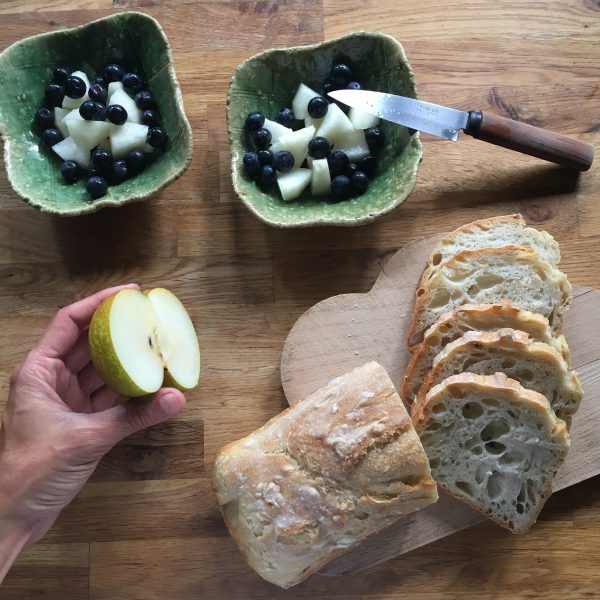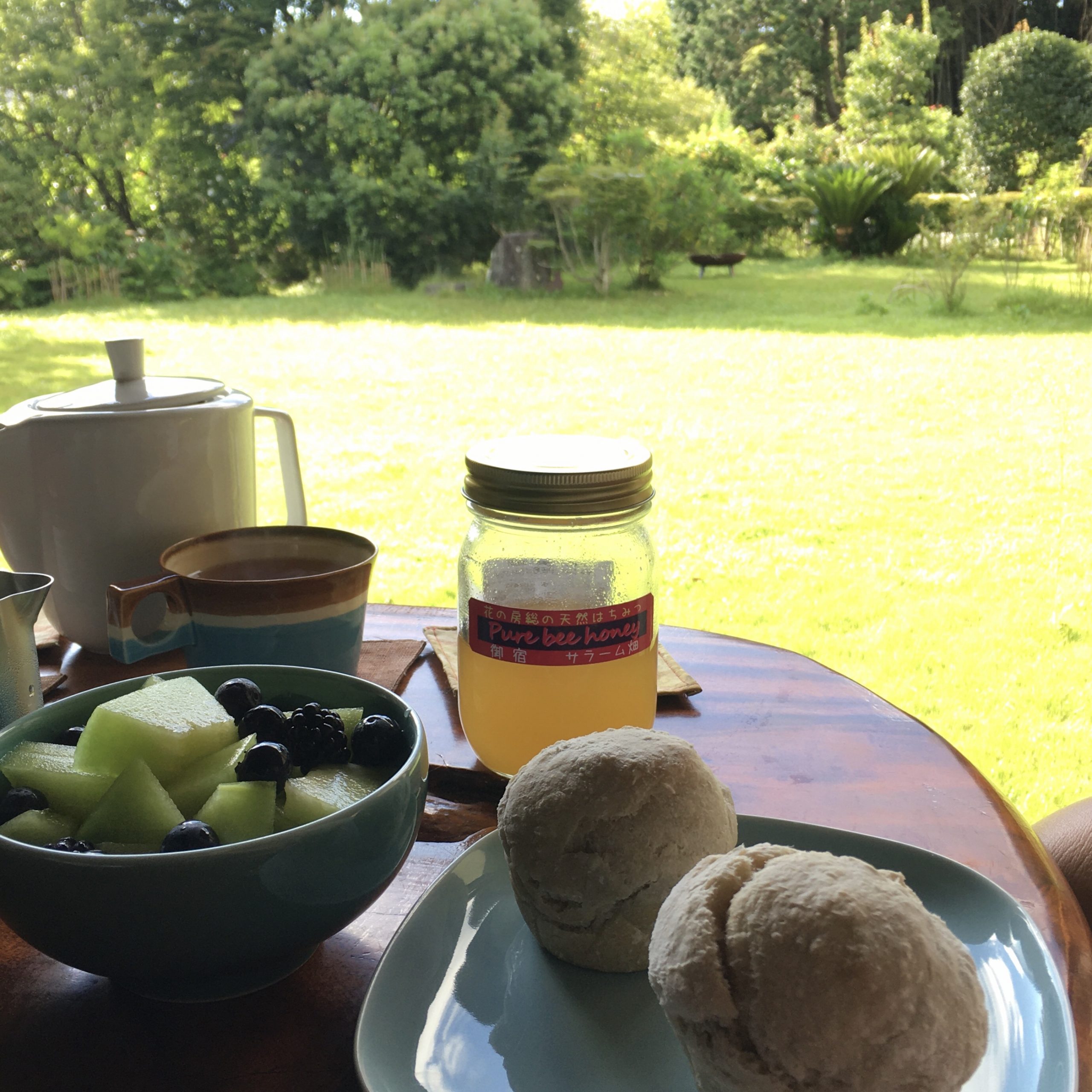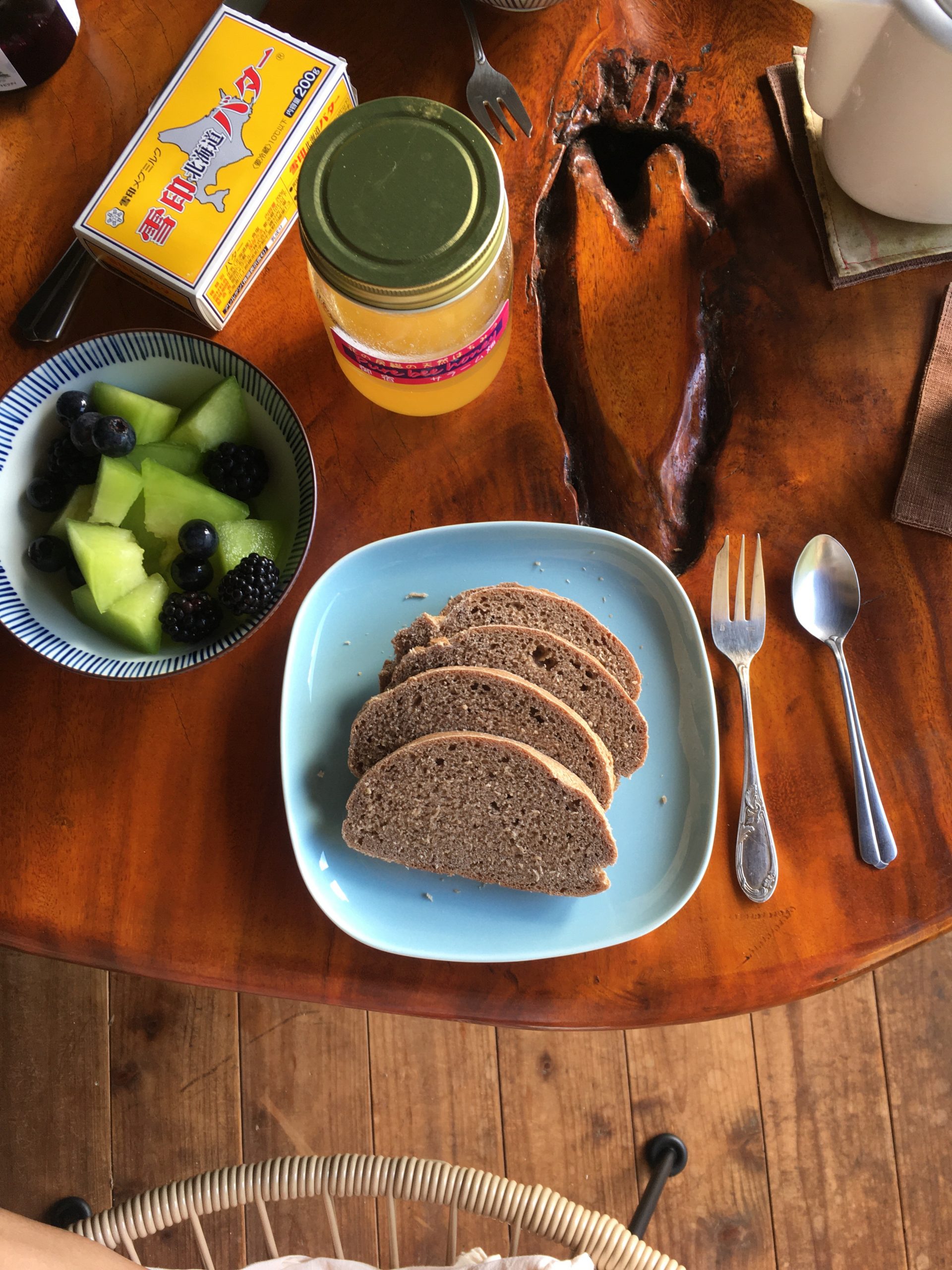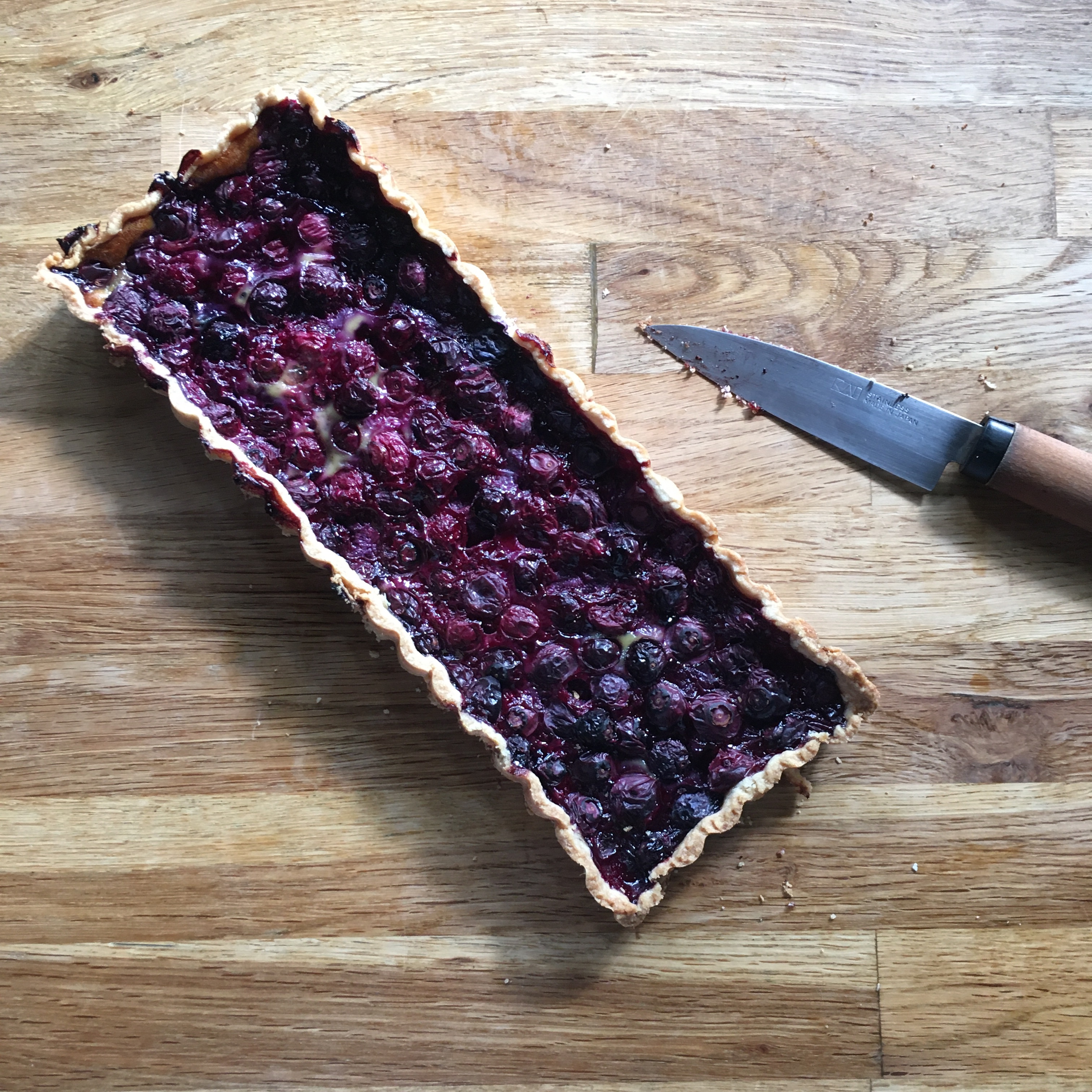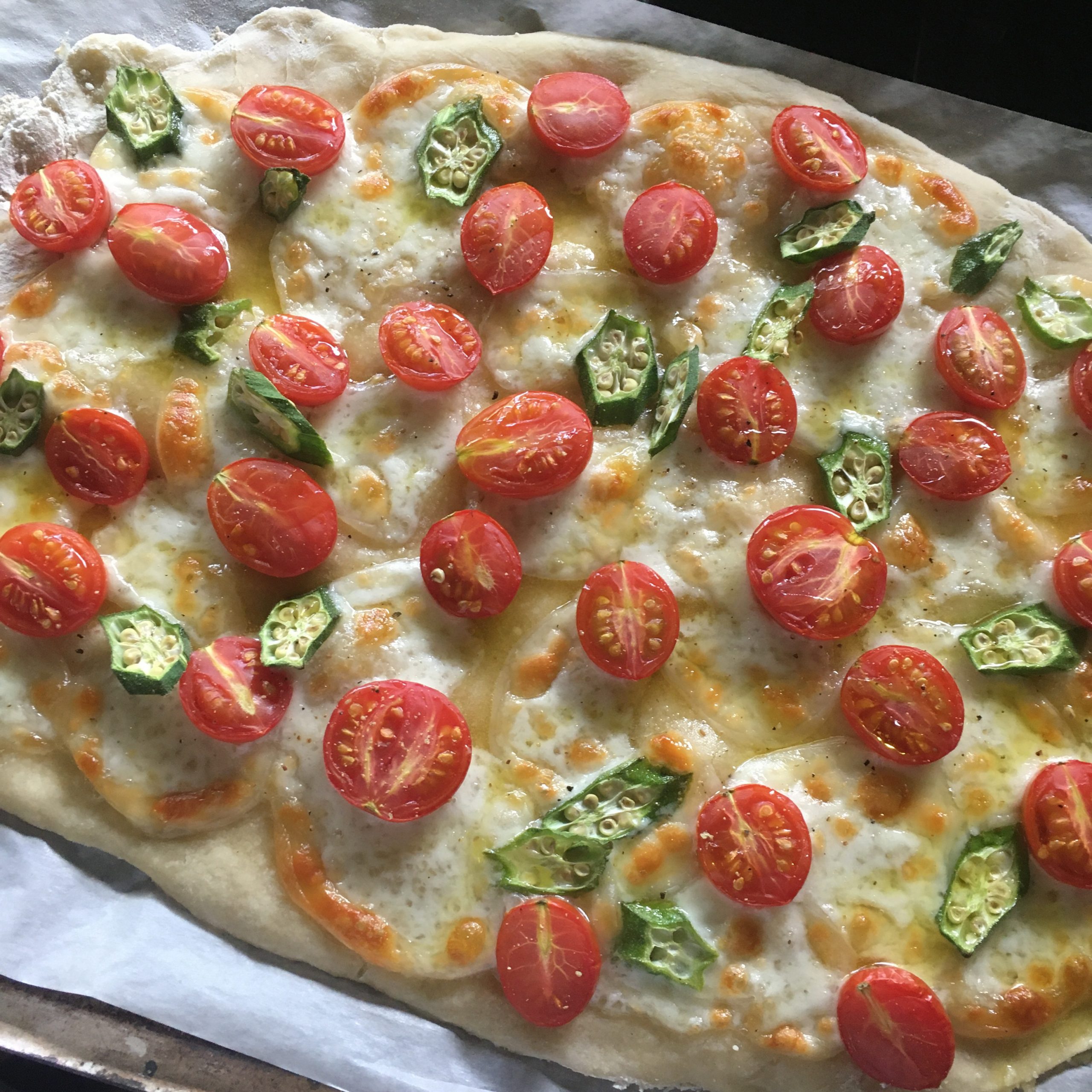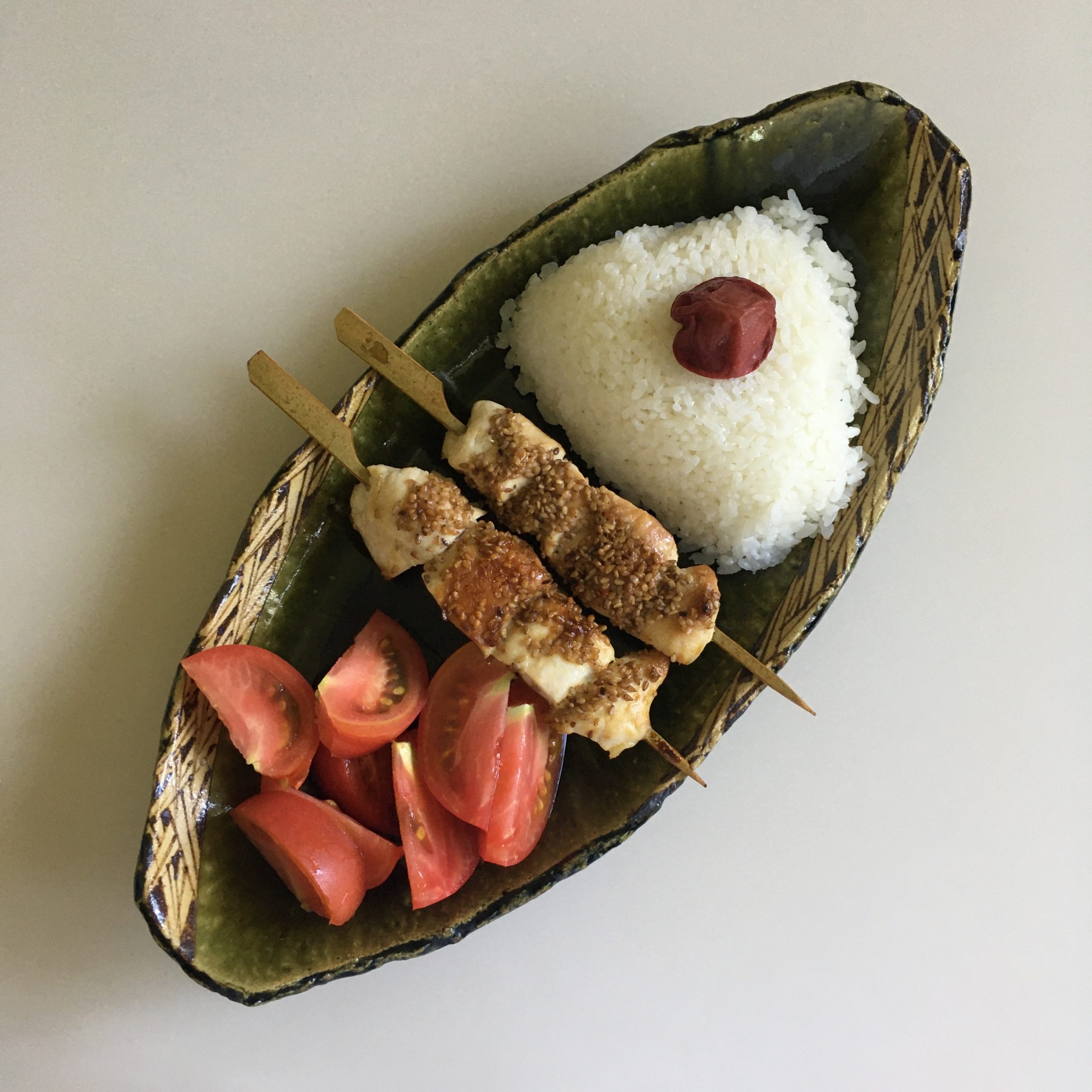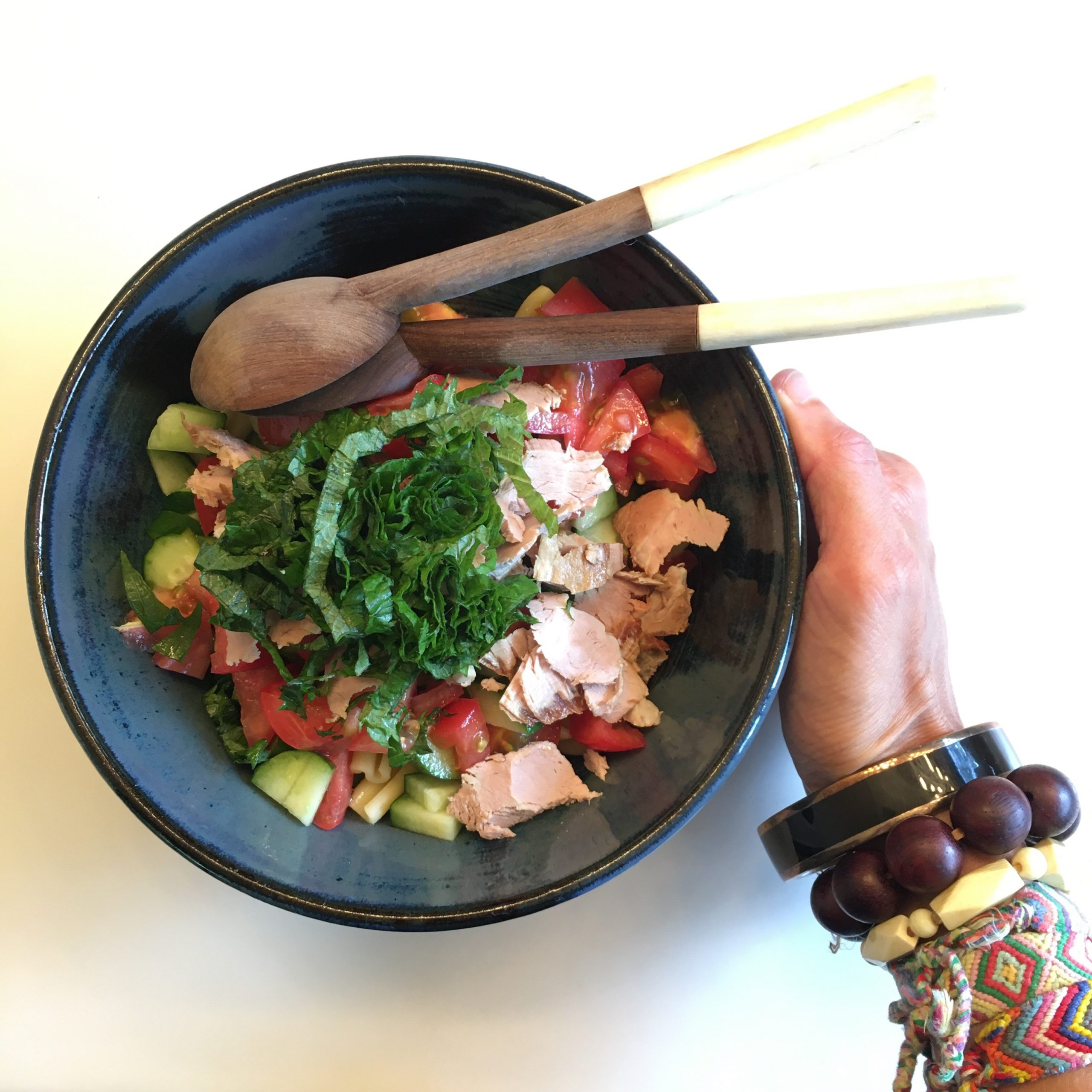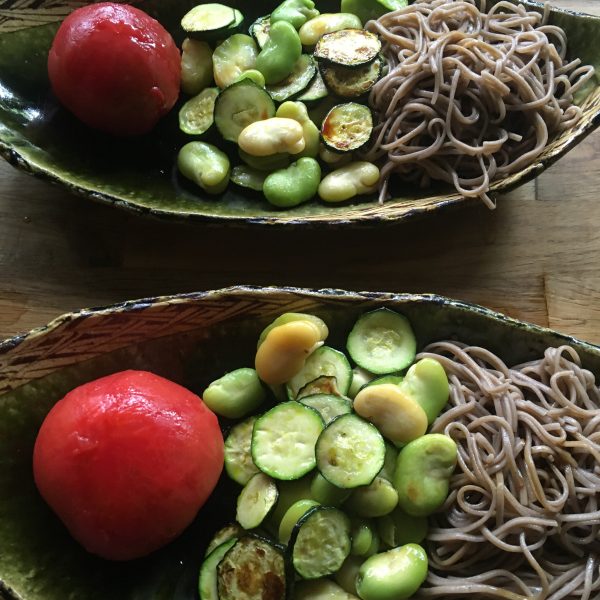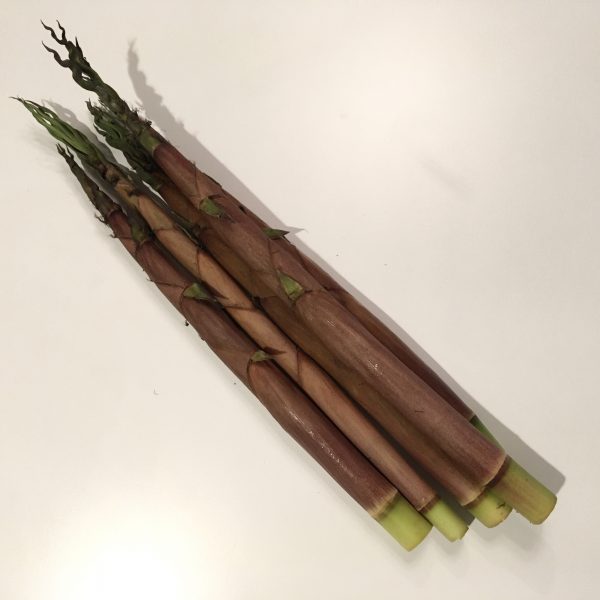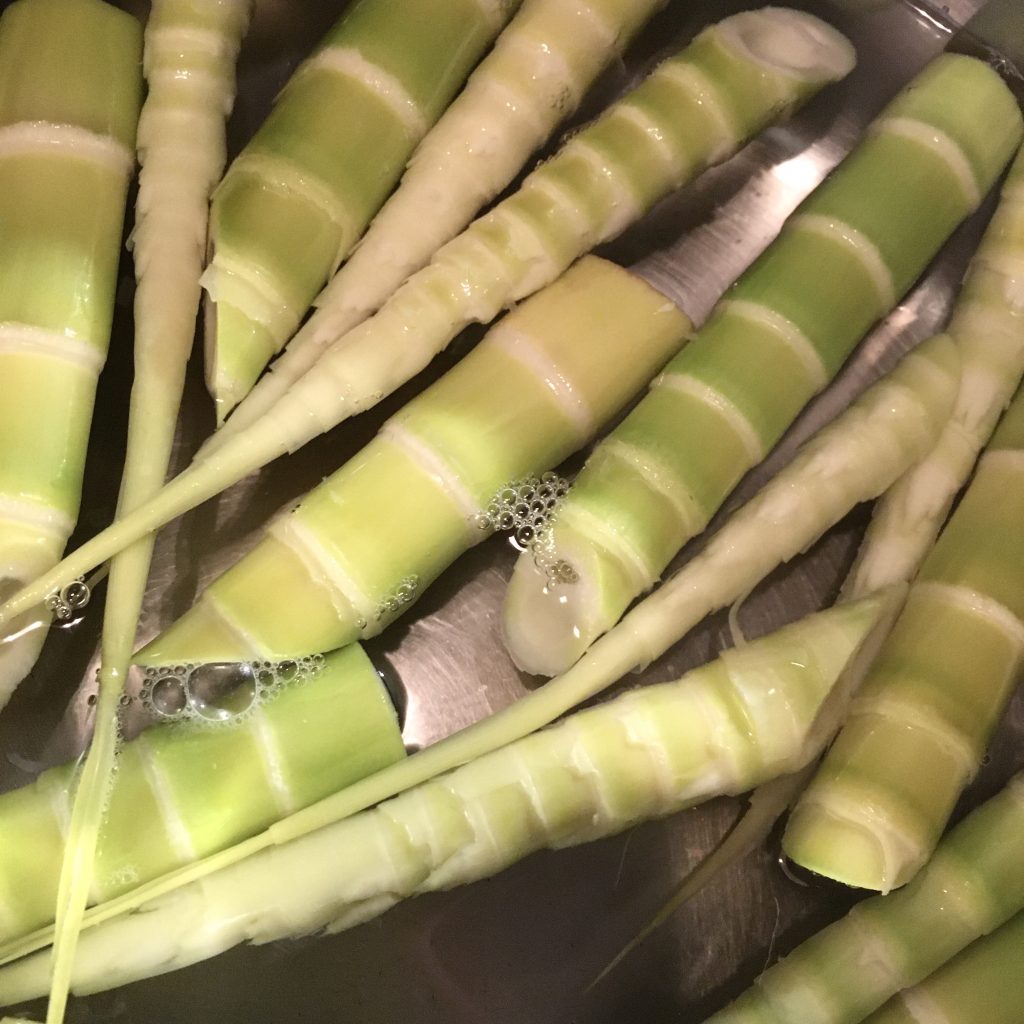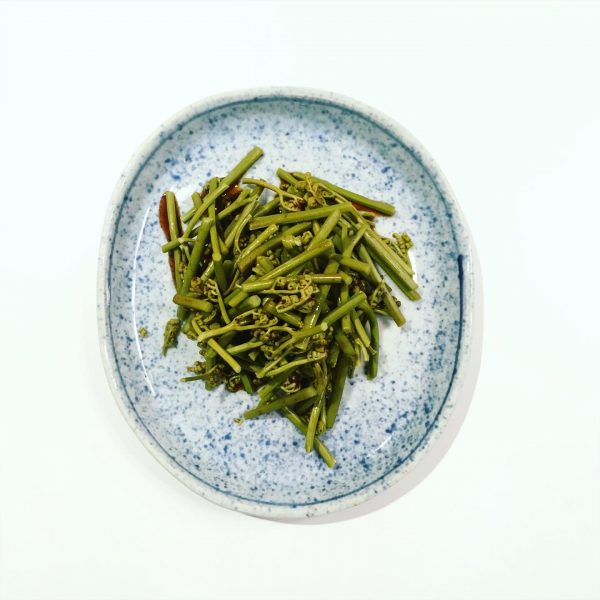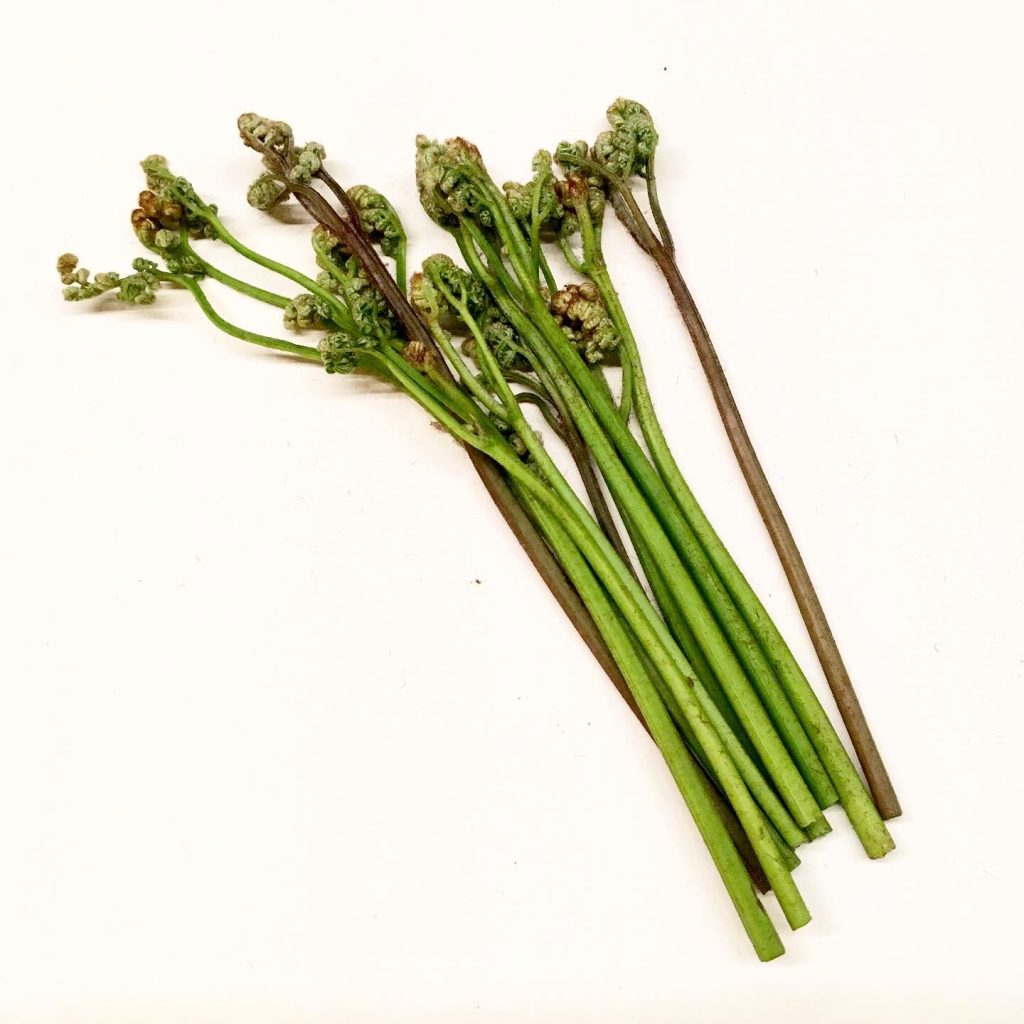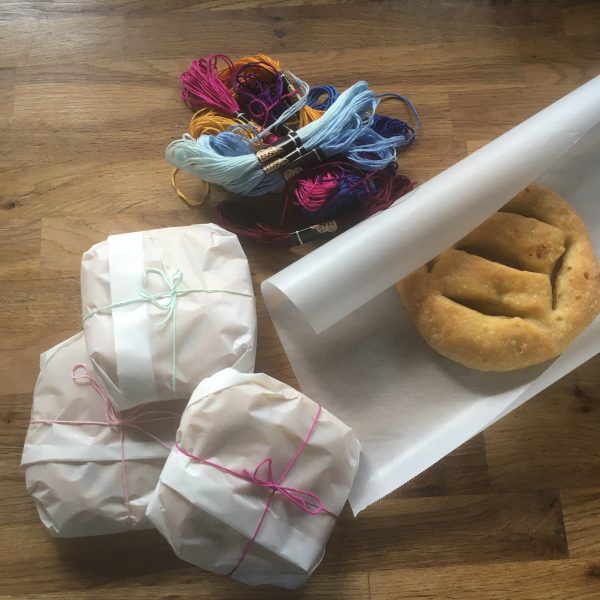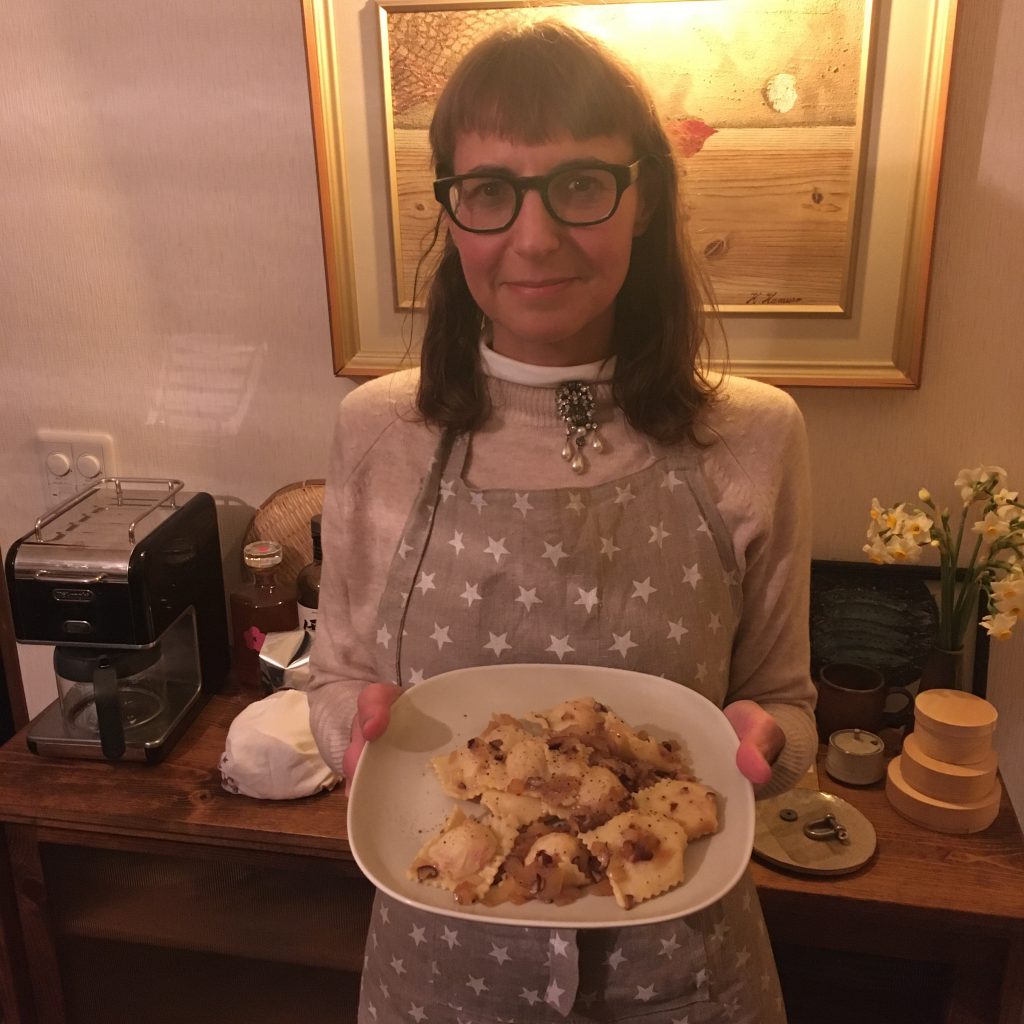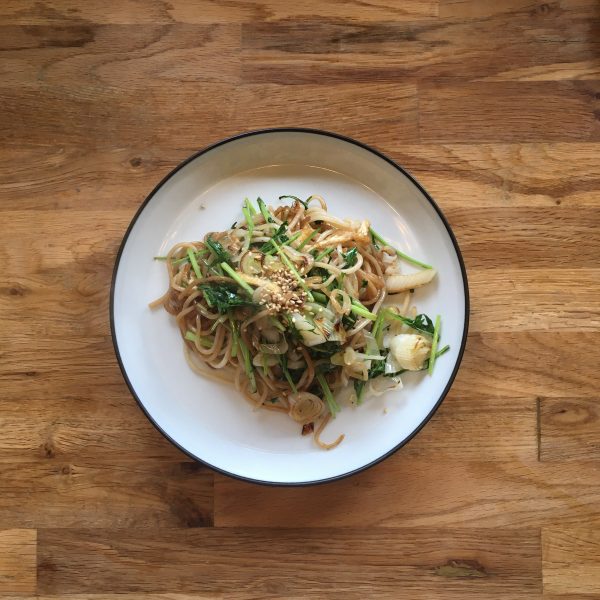Damn I love summer, the heat, the cicadas, the trips to the beach and all the summer foods!!!
Another year without travel has taken us to our usual refuge for the holidays, where we’ve been spending more and more time thanks to telework. Escaping for one full week Tokyo’s heat, the Olympics fuss, and the again increasing rate of contaminations is just perfect.
Holidays are usually spent between morning and afternoon surf sessions, playing tennis, when the weather allows, gardening (we’re expanding our garden so there is quite a bit of work to prepare the new plot soil, as we plan to use it as an orchard and kitchen garden partly), talking, reading and sleeping a lot, and cooking less than I always originally want…
I must say that the fresh fruits and vegetables are so delicious eaten just the way they are that it doesn’t invite to be creative!!! Simple melons, blueberries, blackberries, and now the nashi season has also started… though in the past I tried some nashi tart and baking them, I love them just the way they are… simply peeled and eaten just out of the fridge, that’s when their cold and sweetly perfumed juice is so refreshing! (Top picture)
The one thing I steadily do is baking breads and tarts and quiches. Whole wheat, buckwheat, plain, seeds, focaccia, pizza… everything is good for my sourdough! And blueberries tart are also a favorite at home!
I’ve been also making quite a bit of skewers. Simple but easy to serve and grill in a pan… fish, chicken breast, pork filet… everything is good! My favorite is to roll the fish or the meat in green shiso leaves, that for sure feels like summer. Shiso everywhere! Topping a salad, in white rice…
For our new plot, I hope we could try to turn this desert land into a permaculture forest garden… my experience and skills in growing a kitchen garden are rather close to zero but I really would love to have one of these beautiful forest gardens that populate Instagram… one day maybe… but planning is fun anyway.

Surfin’ 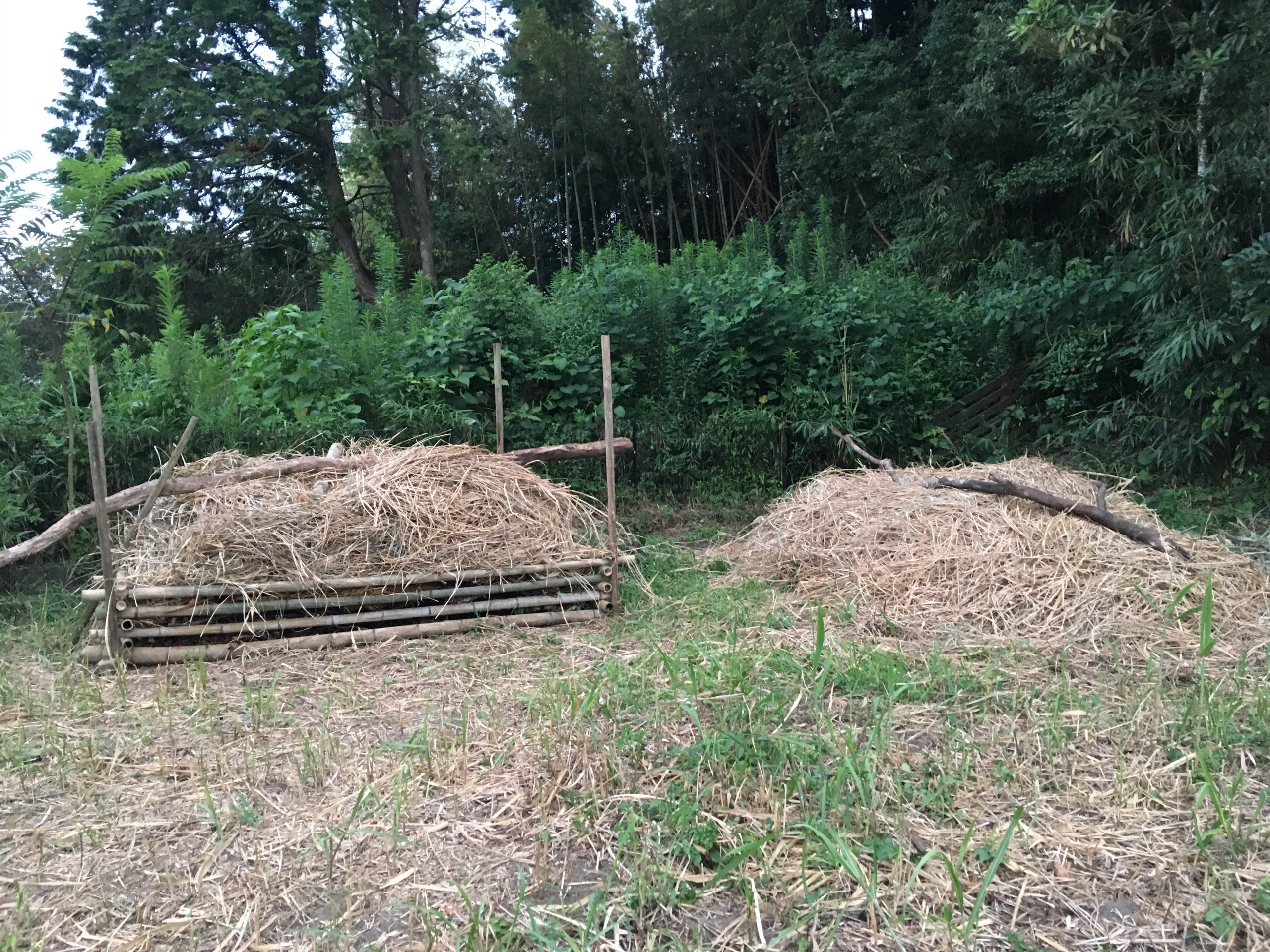
New plot
Enjoy your summer!!
